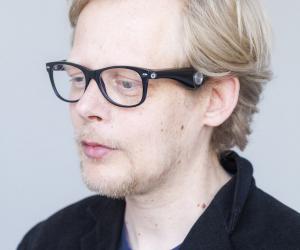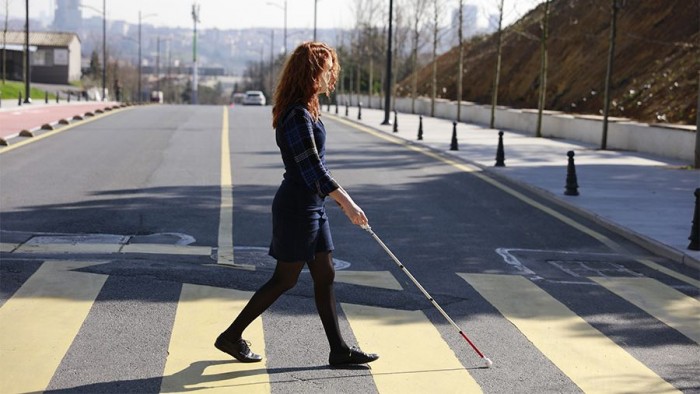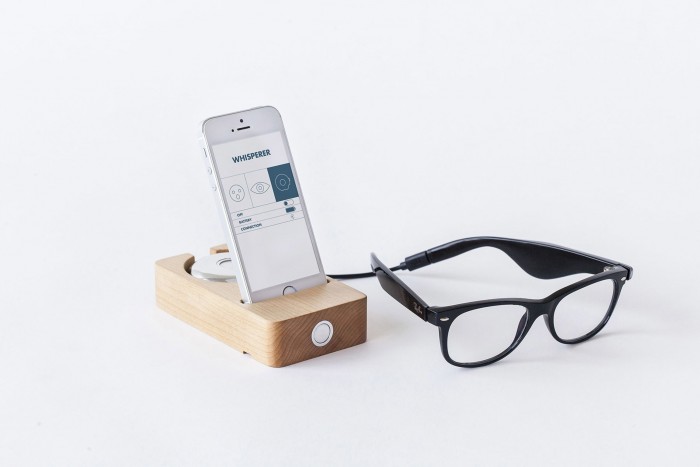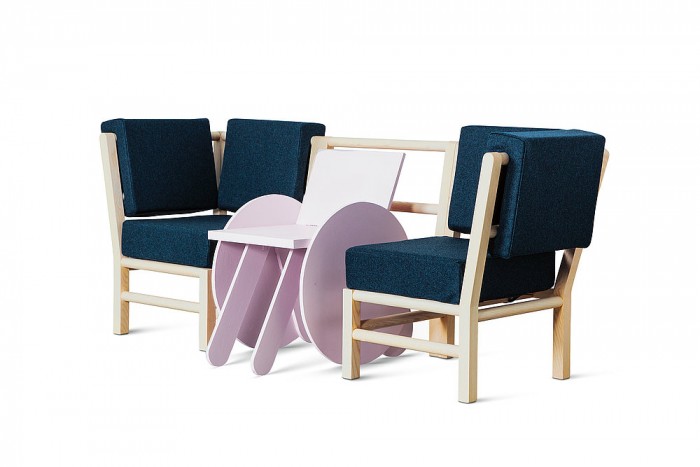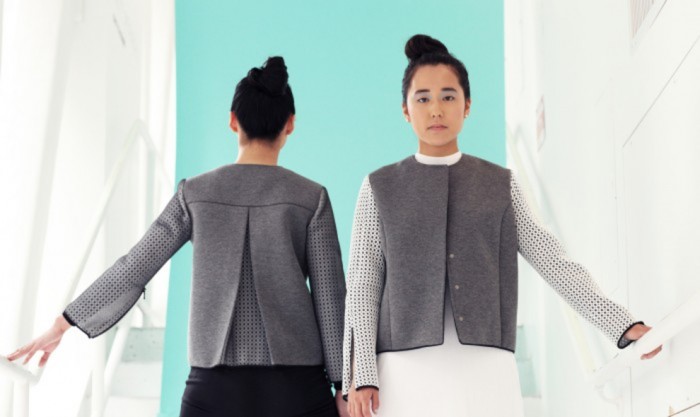Designing with the needs of people who a differently-abled in mind helps to create better products that service the majority of our population.
Below we highlight some of the designers who are doing exactly this.
WeWalk Smart Cane
Over the years there have been several technological iterations of walking canes for the blind. The latest is the WeWalk Smart Cane. The cane was created by blind Turkish designer Kursat Ceylan who wanted to incorporate modern technology into the lives of the visually impaired.
The smart cane, when paired with a smart device, incorporates Google Maps and Voice Assistance to help users with navigation. It is capable of detecting objects 160cm away by means of an ultrasonic sensor. When the cane detects an object it communicates this to the user via vibrations. The cane also features built-in speakers that provide users with information about their surroundings.
Emotion Whisperer
Former Design Indaba Conference speaker, Simon Dogger, lost his eyesight to ans illness. Since then, Dogger has realised just how important recognising facial expressions and people's emotions were when trying to understand and communicate with those around him.
He embarked upon crafting the Emotion Whisperer, a device that is capable of reading the facial expressions of the people he is engaging with and translating it into varying vibrations.
The device is a pair of glasses operating with an integrated camera.
The camera feeds footage to a connected smartphone application. The application then reads the data and detects the emotion of the people around him and then feeds the varying vibrations coded for the different emotions into a small metal stone which you are able to hold and take with you wherever you go.
Sign-IO
Sign language is a form of communication predominantly used by deaf people or those with hearing impairments. However, communicating with people without hearing impairments or with those who are unable to sign can be genuinely difficult.
Kenyan inventor Roy Allela sought to solve this problem by creating the Sign-IO glove.
Inspired by his deaf niece, Allela created a glove that is able to translate sign language into audible speech. Using integrated sensors, the glove reads the hand movements of the person signing, it then transmits this information via bluetooth to a smartphone.
The smartphone then vocalises the words being signed in real time.
Be A Part Of
Young design graduate Ella Westlund grew up with a little sister, Sarah, who had Down Syndrome. From an early age Westlund was aware of the lack of accessibility and limitations that existed for people like her sister and others with disabilities.
After spending some time with kids at a centre that helped stimulate the senses of those with disabilities, she recognised that things as basic as navigating furniture presented a fair amount of difficulty and frustrations for both people with disabilities and their caregivers.
She therefore set out to create ‘Be A Part Of’, an inclusive line of furniture that accommodates people with disabilities as well as their caregivers. Her modular sofa is wheelchair friendly and places users at the centre of the sofa with their loved ones on either side.
Open Style Lab
Grace Jun is a social entrepreneur, designer and the Executive Director of Open Style Lab. Her work at the lab focuses on merging the fashion and technology industries in order to create inclusive design clothing for and with people with disabilities. When observing the difficulites and pain that one of her friends, who was a breast cancer survivor, experienced when attempting to dress herself, she knew that she had to do something to solve this limitation.
Along with her team at Open Style Lab, Jun set out to create wearable tech garments that consisted of a circuit board that monitored the movements of the wearer as well as magnetised clasps and bigger armholes. By monitoring the range of motion of the user, the jacket allows users, designers and physical therapists determine what type of garment people with varying disabilities may require.
Read more:
Roy Allela invents tech that translates sign language into audio
The DisOrdinary Architecture Project is creating inclusive urban spaces

